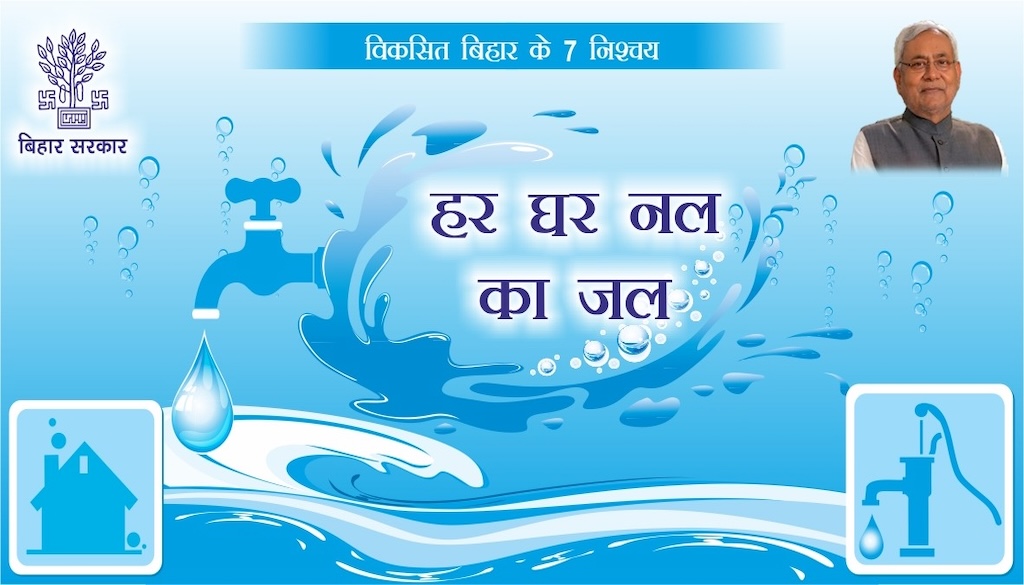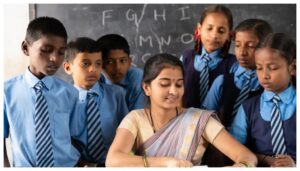
Patna: A recent study conducted by the Development Management Institute (DMI), Bihar, has found marked improvements in the implementation and outcomes of the Har Ghar Nal Ka Jal scheme in the rural districts of Muzaffarpur and Gaya, with significant gains in both coverage and user satisfaction.
Carried out in April 2025, the study surveyed over 1,124 households across 55 wards in the two districts and included interviews with pump operators. The findings show that more than 94% of families now have tap water connections, a sharp rise from 79% recorded in a similar study conducted in January 2024. Additionally, 93.80% of surveyed households receive at least 70 litres of water per person per day, with 92.73% confirming daily supply for six or more hours.
The study highlighted strong user satisfaction rates: 99.53% of families reported receiving clear and transparent water, while 95.02% were satisfied with supply regularity and 96.71% with water quality. Over 95% expressed approval of the scheme’s operational and maintenance systems.
Data from pump operators reinforced these findings. On average, 92% coverage was reported per scheme, and more than 95% of the systems are delivering 55–70 litres of water per person per day. Notably, 80% of the schemes ensure that overhead tanks are cleaned at least twice annually.
Compared to the January 2024 assessment, when only 45.88% of families had access to six hours of daily water supply, the current figures point to a major turnaround. The DMI report underscores the Public Health Engineering Department’s ongoing commitment to ensuring clean and consistent water access for all rural households under the Har Ghar Nal Ka Jal Yojana.





